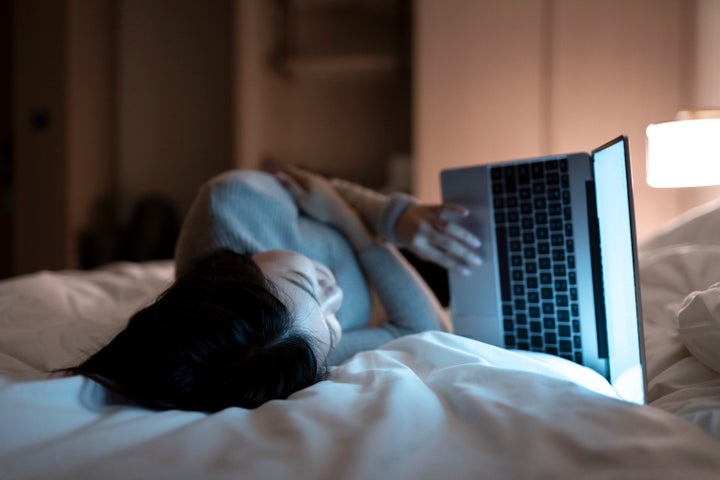
Night owls are twice as likely to underperform at work than morning larks, a new study suggests, leading researchers to advise it’s important they adopt a healthy lifestyle, get enough sleep and work hours that suit their ‘chronotype’.
Morning chronotypes (or ‘larks’) tend to do better early in the morning, while evening chronotypes (‘owls’) seem to do better in the evening. Your chronotype is largely genetic, but environmental factors such as exposure to daylight, work schedules, and family life can also influence it.
Night owls don’t usually fall asleep early enough to get the recommended 7+ hours of sleep on standard working days, leading to sleep debt and catch-up sleep on non-work days, known as social jet lag.
This mismatch has been linked to health problems, while long-term sleep deprivation is linked to poorer overall health and cognitive performance, potentially hampering productivity at work, said the researchers.
To explore this further, researchers drew on data from the Northern Finland Birth Cohort study – an ongoing general population-based study, originally consisting of 12,058 children (6,169 boys and 5,889 girls), born in northern Finland in 1966.
When the study participants turned 46, they were quizzed about their working life and health, as well as their sleep patterns to find out their chronotype. Participants rated their own performance at work on a scale of 0-10, and this data was linked to national registries for social security and pension payments.
Some 2,672 men and 3,159 women, all of whom were in work in 2012, were included in the final analysis. They were monitored over the next four years to see who had stopped working and taken a disability pension.
The proportions of those who were larks, intermediate chronotype (a bit of both), and owls were, respectively: 46%, 44%, and 10% among the men, and 44%, 44%, and 12% among the women.
Compared with larks, owls had worse ratings for every variable related to sleep and health.
Owls more often reported short sleep duration, insomnia, and high levels of social jet lag. They were also more likely to be unmarried and out of work.
Around one in four of the men (28%) and women (24%) classified as owls were underperforming at work when they were 46, a “significantly higher” proportion than among larks or intermediate chronotypes, researchers said.
The odds of underperformance were twice as high among the owls as they were among the larks in both sexes, even after taking account of potentially influential factors, such as sleep duration and working hours.
The study, published online in the journal Occupational & Environmental Medicine, also suggests night owls run a heightened risk of early retirement due to disability. The research is observational, and as such, can’t establish cause. Nevertheless, the findings are in line with other studies, said the authors.
“We suggest chronotype be taken into account in supporting [work performance], both in individual-level health promotion and organisational-level planning of work schedules,” the researchers concluded.
Looking for ways to improve your sleep, and get a better bedtime routine? Have a read of our sleep hygiene guide – or try a sleep workout to get you ready for the land of nod.